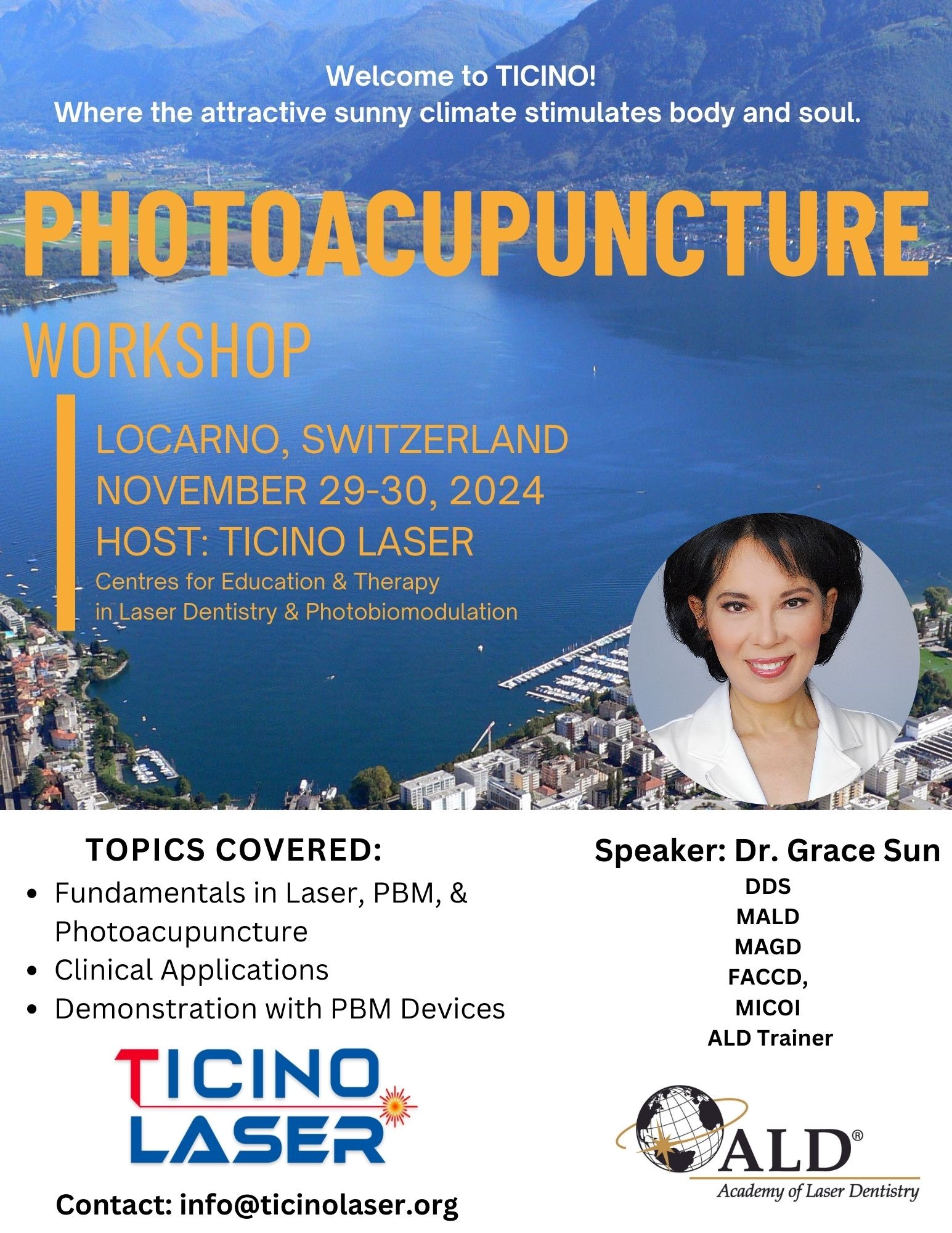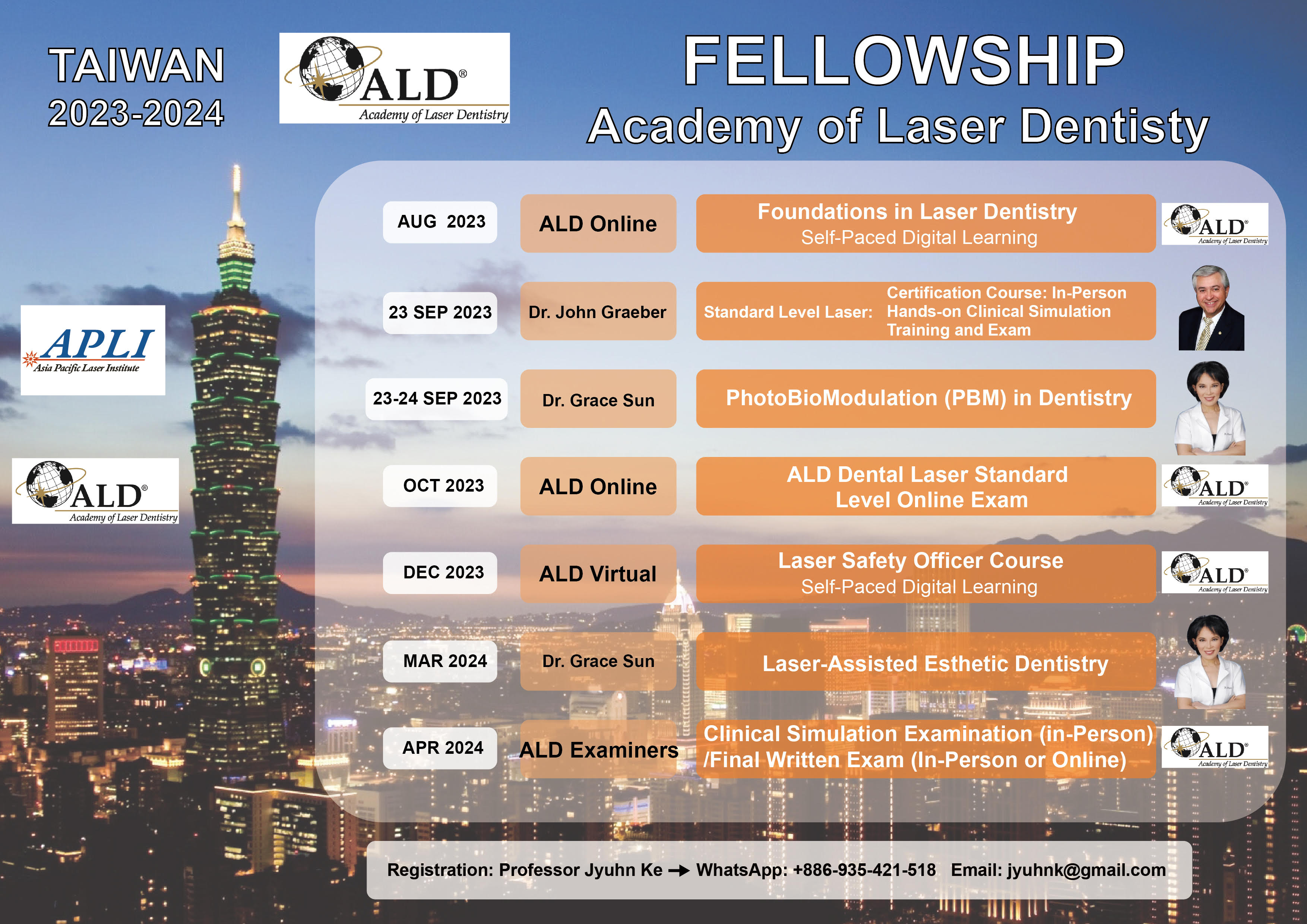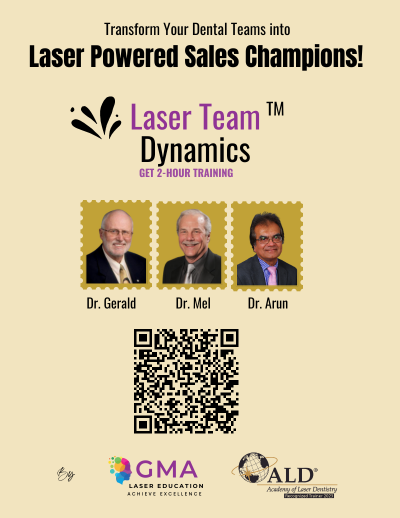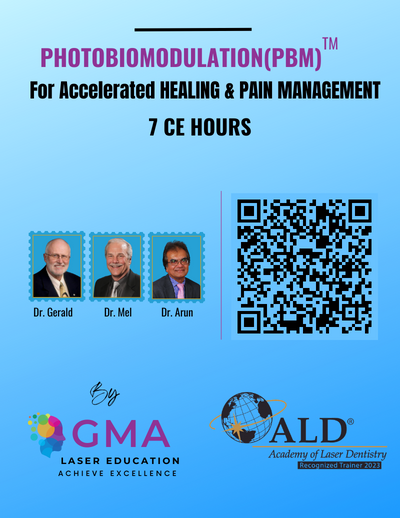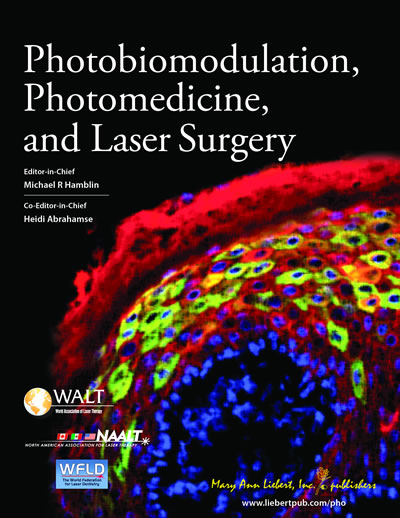
ALD-AAID Joint 2022 Symposium
Targeting: Peri-Implantitis
REGISTRATION FEES | PRESENTATIONS | SPEAKERS
Laser Treatments | Complications | Coding | Treatment Modalities
6 Sessions | 12 Presentations | Earn up to 9 CEUs
On Demand Webinars
Presentations were recorded in January 2022. The videos will be available through December 31, 2022.
The ALD-AAID Targeting Peri-implantitis is a joint effort between American Academy of Implant Dentistry and Academy of Laser Dentistry. The program will discuss treatment modalities including prosthetic complications, traditional treatments, medicinal treatments, iatrogenic complications. Laser treatments with the use of photobiomodulation, diode, erbium, Nd:YAG, CO2 (9300 and 10600 nm) lasers and ultraviolet (UV) light will be introduced.
Educational Objectives
- Learn how to avoid peri-implantitis due to iatrogenic and prosthetic complications.
- Discover how to treat peri-implantitis correctly with use of adjunct laser therapy.
- Review how to use pharmaceuticals to aid in the treatment of peri-implantitis.
- Describe how to file dental and medical insurance correctly for maximum patient benefit.
- Understand how to use UV light for treatment of peri-implantitis.
Attendees can earn up to 9 CEUs for attending all of the sessions.
REGISTRATION FEES:
| Registration Category |
Fee |
| ALD & AAID* Members |
$495 |
| ALD & AAID* Student Members |
$75 |
| Non-member |
$795 |
AAID Discount Codes:
- AAID Members use coupon code: AAID22 to receive $200 off
- AAID Students use coupon code: AAIDStudent to receive the $75 rate
PRESENTATIONS
|
VIDEO 1
Shankar Iyer, DDS, FAAID, DABOI/ID (Moderator)
Prosthodontic Complications and Management
Bart Silverman, DMD, FAAID, DABOI/ID
Peri-Implantitis Current Concepts and Treatment
Live Panel Discussion
|
VIDEO 3
Edward Kusek, DDS, FAAID, DABOI/ID (Moderator)
Adjunctive Treatment of Peri-Implantitis on use of 9300-and 10600-nm CO2 Lasers
James Carroll, AMInstP, FRSM
The Use of Photobiomodulation to Aid Healing After Surgery
Live Panel Discussion
|
VIDEO 5
Edgard El Chaar, DDS, MS, FAAID, DABOI/ID
Peri-Implantitis: Diagnosis and Treatment
James L. Rutkowski DMD, PhD, FAAID, DABOI/ID (Moderator)
Adjunctive Pharmacological Considerations for Cumulative Interceptive Supportive Therapy (CIST) in the Management and Treatment of Peri-implantitis
Live Panel Discussion
|
|
VIDEO 2
Sebastiano Andreana, DDS, MS
The Diode Lasers in Peri-Implantitis Therapy: Antimicrobial and Bio Stimulating Effects
Samuel Low, DDS, MS, MEd (Moderator)
Laser Technology to Resuscitate the “Sick” Implant
Live Panel Discussion
|
VIDEO 4
Moderator: Mike Fioritto, DDS
Robert Miller, MA, DDS, FACD, FAAID, DABOI/ID
Treatment of Peri-Implantitis Utilizing UVC Lasers
Bill Holden, BSc, DDS, FAAID, DABOI
Poorly Positioned Dental Implants and Their Management
Live Panel Discussion
|
VIDEO 6
Bernee Dunson, DDS, FAAID, DABOI/ID (Moderator)
Peri-Implant Disease - A Review of Current Literature and Meta-Analysis: Causation and Treatment
Rose Nierman, RDH
Cross-Coding: Incorporating Medical Billing for Laser Dentistry
Live Panel Discussion
|
SESSION DESCRIPTIONS & SPEAKER BIOGRAPHIES
|
|---|
|
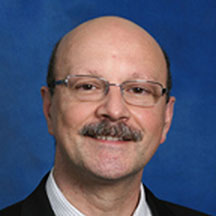
|
The Diode Lasers in Peri-Implantitis Therapy: Antimicrobial and Bio Stimulating Effects
THURSDAY, JANUARY 13, 2022 | 7:30 PM - 8:05 PM
Sebastiano Andreana, DDS, MS
The State University of New York, University at Buffalo School of Dental Medicine | Buffalo, New York, USA
The presentation will focus on the clinical applications of 810-980 nm diode laser wavelengths for therapy of peri-implantitis. Diode lasers are used with dual purposes, for their antimicrobial effects and their biostimulating effects. This lecture will show the techniques with clinical cases, focusing on the safety of the procedures, and supporting the procedures with findings from laboratory studies. The antimicrobial effects will be presented, with data from laboratory and published studies, and the biostimulating effects, including regenerative effects and enhancement of host-response with a protective role will be also elucidated.
Learning Objectives:
- Summarize the clinical applications of diode lasers for treatment of peri-implantitis.
- Describe the safety of using diode lasers for treatment of peri-implantitis.
- Identify the clinical techniques of using diode lasers for treatment of peri-implantitis.
- Specify the clinical parameters and take advantage of diode laser therapy.
Note: This presentation discusses investigational devices that have not yet received U.S. FDA approval or clearance for the specified clinical indications or describes off-label uses.
Biography
Dr. Sebastiano Andreana is Associate Professor and Director of Implant Dentistry at the University at Buffalo, School of Dental Medicine, Buffalo, New York, USA. He is the recipient of ALD’s 2012 T.H. Maiman Award for Excellence in Dental Laser Research and is the recipient of the Isiah Lew Memorial Research Award from the American Academy of Implant Dentistry. Dr. Andreana is a past Board Member of the ALD, and past Chair of ALD’s University and Academia Relations Committee and Science and Research Committee. He is the author of several peer-reviewed articles on lasers in dentistry.
Contact Dr. Andreana by e-mail at [email protected]
|
|
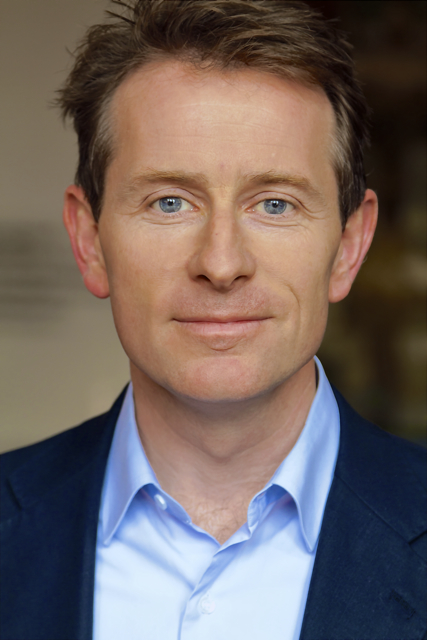
|
The Use of Photobiomodulation to Aid Healing After Surgery
TUESDAY, JANUARY 18, 2022| 8:05 PM - 8:40 PM
James Carroll, AMInstP, FRSM
THOR Photomedicine Ltd, Chesham | Buckinghamshire, United Kingdom
Photobiomodulation (PBM) is the application of low-intensity monochromatic light (usually in the red and near-infrared spectrum) to aid healing and relieve pain. This light is absorbed in mitochondrial enzymes and leads to improved adenosine triphospate (ATP) production and reduced oxidative stress in acute injuries or degenerative pathology. One of the most important pathways appears to be through the gene transcription factor NF-κβ (sometimes known as the "master switch for inflammation”). PBM changes NF-κβ from a cytokine-producing enzyme to an initiator of tissue regeneration. There is a dose and a dose rate effect. If not enough light is applied, there is no effect; and even if the right amount of light is applied but applied too quickly, then the effects may not appear at all, or are diminished. An introduction to the science and clinical use of PBM, a short introduction to the mechanism of action, and evidence from randomized controlled clinical trials will be presented.
Learning Objectives:
- Achieve a basic understanding of the mechanism of action of photobiomodulation.
- Learn a basic understanding of the dose response.
- Identify potential clinical applications of photobiomodulation.
- Describe how to apply treatment.
Note: This presentation discusses investigational devices that have not yet received U.S. FDA approval or clearance for the specified clinical indications, or describes off-label uses.
Biography
James Carroll is an electronics engineer and is the founder and CEO of THOR Photomedicine Ltd. He is a recognized authority and much-published author on low-level laser therapy (LLLT) / photobiomodulation mechanisms of action, dose, dose rate effects, and the measurement and reporting of LLLT parameters. James is the recipient of the 2021 ALD T.H. Maiman Award for Excellence in Dental Laser Research.
Disclosure: Mr. Carroll is founder and CEO of THOR Photomedicine, a LLLT manufacturing company and has ownership interest in Lumithera, Inc., a developmental stage medical device company developing photobiomodulation treatment protocols for age-related macular degeneration and other ocular indications, compensation for which is significant. THOR receives significant research support from the National Institutes of Health, National Institute for Health Research, Massachusetts General Hospital, Harvard School of Public Health, Brigham and Women’s Hospital, Sydney University Dental School, Birmingham University Dental School, Tel Aviv University, and others.
Contact Mr. Carroll by e-mail at [email protected]
|
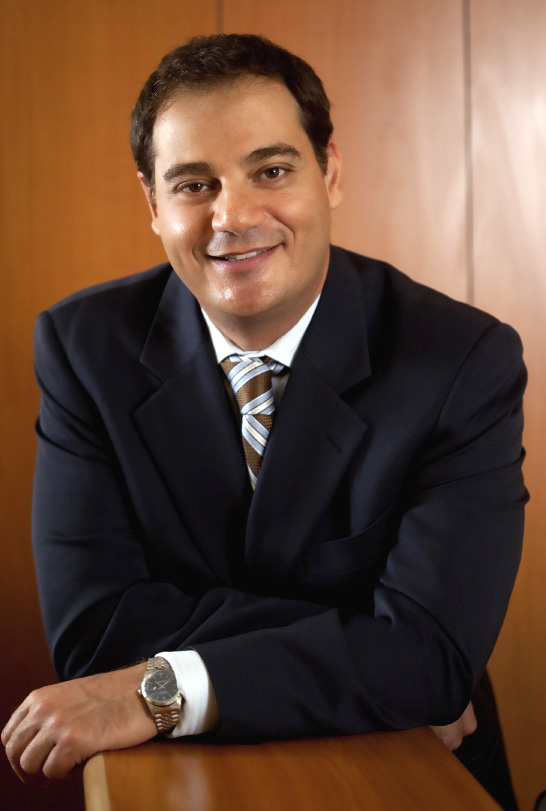 |
Peri-Implantitis: Diagnosis and Treatment
TUESDAY, JANUARY 25, 2022 | 7:30 PM - 8:05 PM
Edgard El Chaar, DDS, MS, FAAID, DABOI/ID
University of Pennsylvania, School of Dental Medicine | New York, New York, USA
The prevalence of inflammatory diseases of bacterial origin around dental implants has been very well reported in literature making it an essential component of clinical implant care. Two clinical conditions are described: peri-implant mucositis and peri-implantitis. The 2017 World Workshop on the Classification of Periodontal and Peri-Implant Diseases and Conditions adopted them as a diagnosis for peri-implant diseases. The treatment of peri-implantitis on the other hand is still disputed and arguable.
Learning Objectives:
- Understand the current diagnosis of peri-implant mucositis and peri-implantitis.
- Summarize the qualifying parameters related to peri-implantitis.
- Relate the different available treatments for peri-implant diseases.
- Discover the author’s proposed treatment based on his research.
Biography
Dr. Edgard El Chaar is currently a Clinical Professor in the Department of Periodontics at the University of Pennsylvania, School of Dental Medicine. He is a former Clinical Associate Professor at the Department of Periodontics and Implant Dentistry and former Director of Advanced Education Program in Periodontics at New York University College of Dentistry. He is also a former director and founder of Advanced Education Program in Periodontics at Lutheran Medical Center. He has a thriving private practice in New York City that specializes in dental implants and periodontal disease. He is the founder of the EEC Institute, a continuing education and research institution focused on the advancement of clinical periodontics and implant dentistry. He is a retired Major in the US Army. He travels several times a year to lecture internationally and domestically and has published several articles in peer-reviewed journals and authored several chapters in published books.
Dr. El Chaar completed his Doctorate of Dental Surgery, his post-graduate education in Advanced Periodontics and Dental Implants, and received a Master in Oral Biology, all from New York University. He is a Diplomate of the American Board of Periodontology and Implant Dentistry. He is a member and fellow of Implant Team of Implantology (ITI) and serves on the education committee, and a member of American Academy of Periodontology and Academy of Osseointegration.
Disclosure: Dr. El Chaar does not have any financial relationships with industry, commercial supporters, or conflicts of interest with the presented material.
Contact Dr. El-Chaar by email at [email protected]
|
|
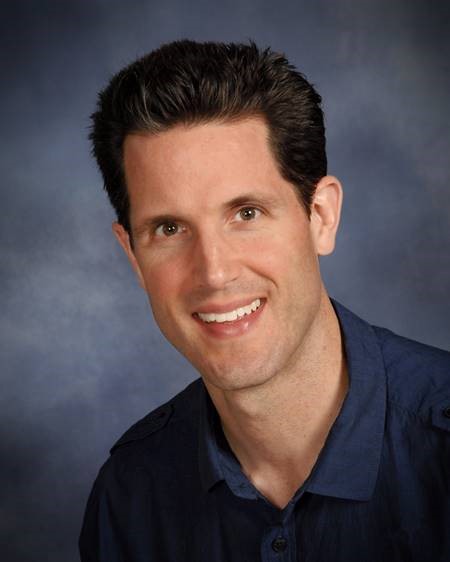
|
MODERATOR
THURSDAY, JANUARY 20, 2022
Mike Fioritto, DDS
Private Practice | Concord, Ohio, USA
Biography
Dr. Michael Fioritto, a specialist in implant dentistry and is the founder of the Cleveland Implant Institute. He lectures nationally. Dr. Mike also founded the Advance Implant Academy, an international non-profit study group of credentialed implant dentists. Dr. Fioritto received his Bachelor of Science in chemistry from Georgetown University. He then went on to Case Western Reserve University for his Doctor of Dental Surgery (DDS) degree. While there, he earned the International College of Dentists Award for demonstrating the most professional development during the four years of dental study. He completed his I.V. sedation training at the Miami Valley Hospital in Dayton, OH. He is a Board Certified Diplomate of the American Board of Oral Implantology/Implant Dentistry (ABOI), and an Honored Fellow of the American Academy of Implant Dentistry (AAID).
Disclosure: Dr. Fioritto does not have any financial relationships with industry, commercial supporters, or conflicts of interest with the presented material.
|
|
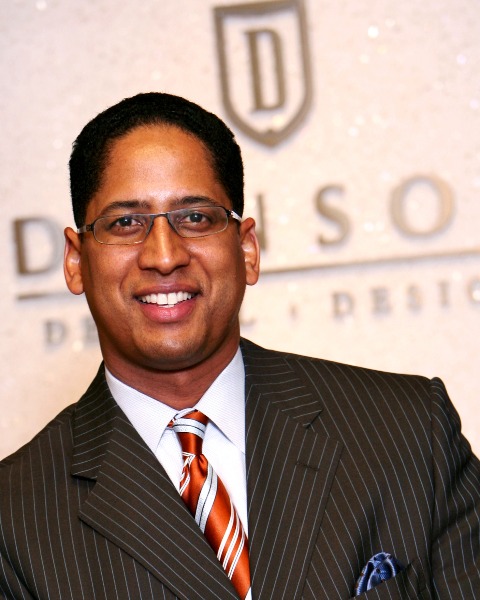
|
Peri-Implant Disease - A Review of Current Literature and Meta-Analysis: Causation and Treatment
THURSDAY, JANUARY 27, 2022 | 7:30 PM - 8:05 PM
Bernee Dunson, DDS, FAAID, DABOI/ID
Private Practice | Atlanta, Georgia, USA
Peri-implant disease affects a significant number of dental implants and patients. It is important to understand difficulties in diagnosis of these disease states and associated risk factors. This understanding provides a significant impact on the health of implant cases. This presentation reviews relevant literature and provides insight into the perceived causes and the appropriate therapy. Treatment from conventional methods to different types of lasers will be explored and discussed.
Learning Objectives:
- Define peri-implant disease (peri-implant mucositis and peri-implantitis).
- Outline and gain perspective in the diagnosis of the origins of peri-implant diseases.
- Explore and discuss traditional treatment of peri-implant diseases.
- Explore and discuss laser treatment of peri-implant diseases.
Biography
Dr. Bernee Dunson has been in private practice since 1996 in Atlanta, Georgia. Dunson Dental Design is a comprehensive general practice that focuses on esthetic dentistry and implant reconstruction. Dr. Dunson earned his Bachelor of Science in biology with an honors degree at Morehouse College, and his doctorate in dental surgery from the University of Southern California. He completed a general dentistry residency at Columbia University at Harlem Hospital, followed by a three-year implant residency at Loma Linda University. He is an Honored Fellow and the Treasurer of the American Academy of Implant Dentistry (AAID), and a Diplomate of the American Board of Oral Implantology/Implant Dentistry.
He currently serves on the faculty for several MaxiCourses, including the Georgia Health Sciences MaxiCourse (Medical College of Georgia). Dr. Dunson launched the Washington, D.C. Mid-Atlantic MaxiCourse in 2018, which he also directs. Dr. Dunson is chairman of the AAID Foundation Board of Directors, a member of the Education Oversight Committee, and the past chairman and an examiner of the Admissions and Credentialing Board of the AAID. He served on the examiner panel of the American Board of Oral Implantology/Implant Dentistry. He is an associate editor of the International Journal of Clinical Implant Dentistry, an article reviewer for the Journal of Oral Implantology, and has published several articles on dental implantology.
Dr. Dunson is the founder and director of the Atlanta Academy for Reconstructive Dentistry where he teaches a hands-on practicum and live surgery training series focused on all areas of implant dentistry.
Disclosure: Dr. Dunson does not have any financial relationships with industry, commercial supporters, or conflicts of interest with the presented material.
Contact Dr. Dunson by email at [email protected]
|
|
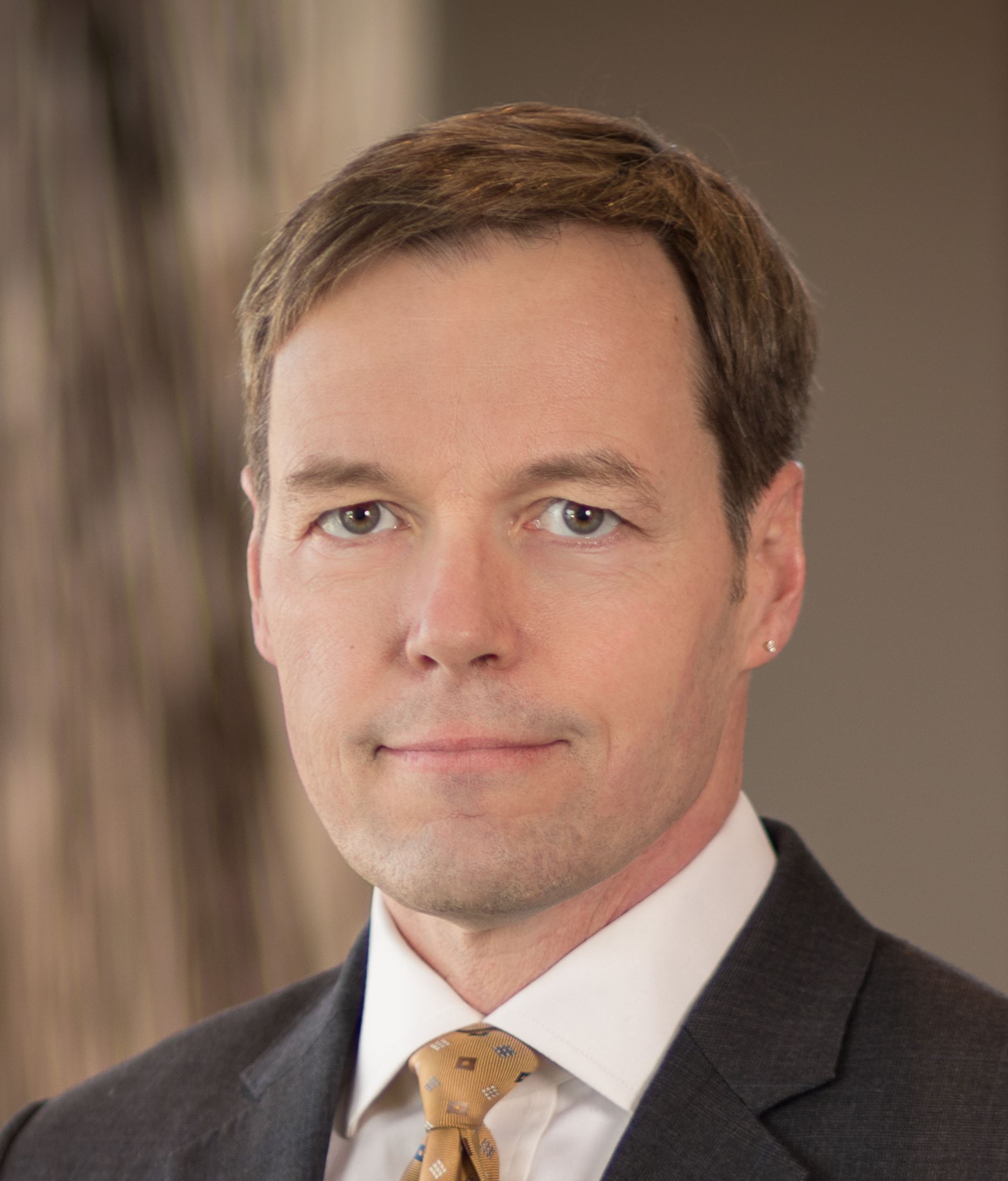
|
Poorly Positioned Dental Implants and Their Management
THURSDAY, JANUARY 20, 2022 | 8:05 PM - 8:40 PM
Bill Holden, BSc, DDS, FAAID, DABOI
Private Practice | Edmonton, Alberta, Canada
In the real world, dental implants may not always wind up in an ideal position. If and when these implants develop problems, they can be more challenging to manage, and it can be difficult to decide when to treat or remove the fixture.
Learning objectives:
- Review ideal dental implant position guidelines.
- Specify which malpositions are more amenable to treatment.
- Learn how treatment may vary depending on the malposition.
- Discuss when to remove and replace a malposed implant.
Biography
Dr. Bill Holden has a full-time referral-based implant practice in Edmonton, Canada. His practice includes all aspects of implant dentistry including placement, restoration, associated grafting, teaching, research, maintenance, and complications/revisions.
Disclosure: Dr. Holden does not have any financial relationships with industry, commercial supporters, or conflicts of interest with the presented material.
Contact Dr. Holden by email at [email protected]
|
|
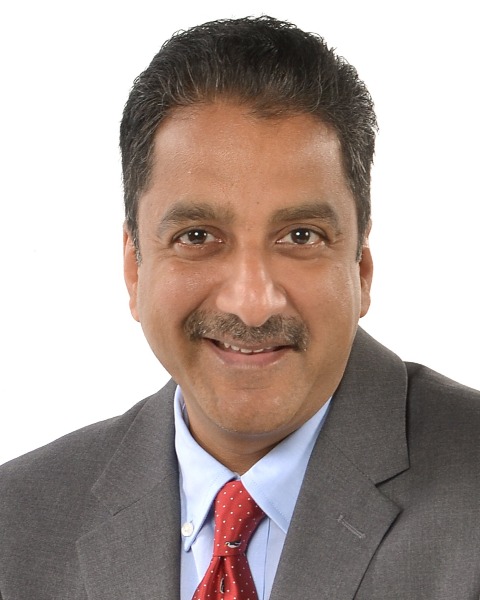
|
Prosthodontic Complications and Management
TUESDAY, JANUARY 11, 2022 | 7:30 PM - 8:05 PM
Shankar Iyer, DDS MDS, FAAID, DABOI/ID
Private Practice | Elizabeth, New Jersey, USA
This presentation will cover the short- and long-term effects of implant prosthodontics and its influence on peri-implantitis. The etiological factors will be discussed and techniques to manage complications and failures will be illustrated.
Learning Objectives:
- Design restorations that will avoid creation of peri-implantitis.
- Identify factors that contribute to prosthetically related complications of dental implants.
- Manage short- and long-term prosthetic complications.
- Discuss the influence of biomaterials in implant prosthodontics and identify factors to consider in the management of failures and repairs.
Biography
Dr. Shanker Iyer is a past president of the American Academy of Implant Dentistry (AAID) and is currently a clinical assistant professor in the departments of Postgraduate Periodontics, Postgraduate Prosthodontics at Rutgers University in New Jersey. Dr. Iyer was the program chair for several AAID annual conferences. He is also the course director of the AAID MaxiCourse Asia — Abu Dhabi and Bangalore, as well as co-director of the Rutgers University and Egypt MaxiCourses. He was a trustee for the AAID Northeastern District from 2005 to 2009. He is a Diplomate in the American Board of Oral Implantology/Implant Dentistry, a Fellow in the AAID, and serves on the editorial board of the Journal of Oral Implantology. He is also a Fellow in the International Academy of Dental Facial Esthetics. Dr. Iyer has conducted courses and made presentations in more than 30 countries and has authored several articles in peer-reviewed journals.
Disclosure: Dr. Iyer does not have any financial relationships with industry, commercial supporters, or conflicts of interest with the presented material.
Contact Dr. Iyer by email at [email protected]
|
|
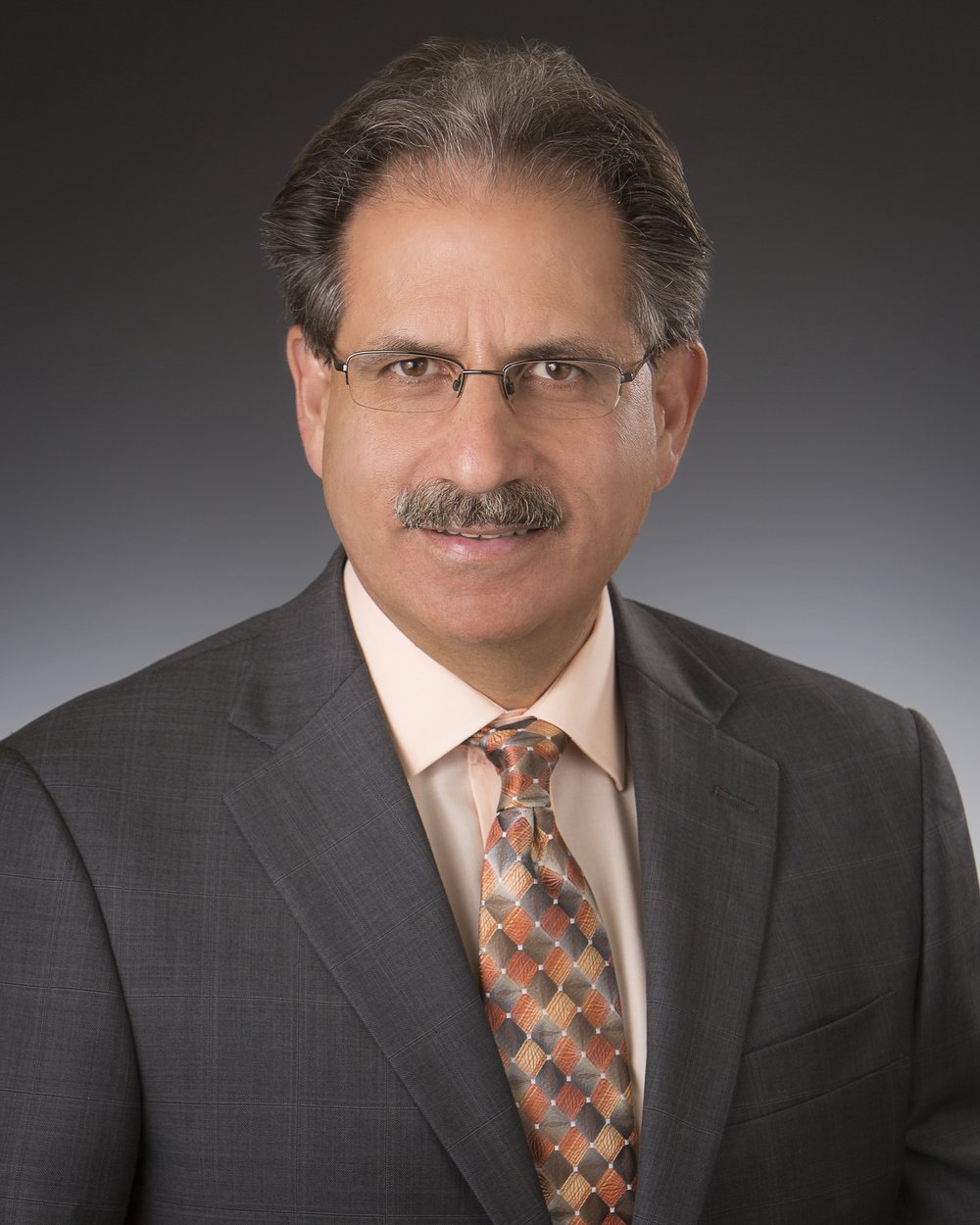
|
Adjunctive Treatment of Peri-Implantitis on use of 9300-and 10600-nm CO2 Lasers
TUESDAY, JANUARY 18, 2022 | 7:30 PM - 8:05 PM
Edward Kusek, DDS,FAAID, DABOI/ID
Private Practice | Sioux Falls, South Dakota, USA
This author has found use of either 9300- and 10600-nm CO2 lasers combined with erbium and photobiomodulation lasers has enabled consistent treatment of peri-Implantitis. This didactic presentation will show studies that show the need for high energy levels of laser energy to remove biofilm on implant surfaces. Other adjuncts that will be featured are platelet-rich fibrin, titanium brush, interlocking collagen membrane, ozone water, and xenograft material.
Learning objectives:
- Specify energy levels to use with CO2 lasers to diminish the amount of bacteria on implant surfaces.
- Relate the benefits of erbium lasers for treatment of peri-implantitis.
- Enumerate the benefits of using of platelet-rich fibrin in peri-implantitis treatment.
- Summarize the benefits of photobiomodulation in treating peri-implantitis.
Note: This presentation discusses investigational devices that have not yet received U.S. FDA approval or clearance for the specific clinical indications or describes off-label uses.
Biography
Dr. Edward Kusek is a Diplomate of the American Board of Oral Implantology, and an Honored Fellow of American Academy of Implant Dentistry. He has achieved Mastership in the Academy of Laser Dentistry and the Academy of General Dentistry. He is an Adjunct Professor at the University of Nebraska Dental School and University of South Dakota Department of Dental Hygiene. Dr. Kusek is a past president of the Academy of Laser Dentistry.
Disclosure: Dr. Kusek lectures for Ultradent Products and receives an honorarium. He consults with laser companies Biolase, Great Plains Technologies, Ultradent, and Convergent Dental, and with Straumann on dental implants.
Contact Dr. Kusek by e-mail at [email protected]
|
|
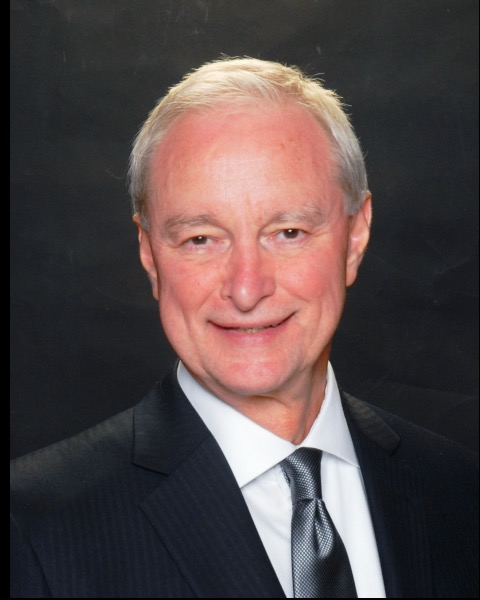
|
Laser Technology to Resuscitate the “Sick” Implant
THURSDAY, JANUARY 13, 2022 | 8:05 PM - 8:40 PM
Samuel Low, DDS, MS, MEd
University of Florida | Palm Coast, Florida, USA
Removal of a dental implant can be a catastrophic experience for both the clinician and the patient. Clinicians can prevent loss of implants with innovative chairside techniques to reverse implant mucositis and manage peri-implantitis. Minimally invasive laser surgical intervention can degranulate, decontaminate, and decorticate target tissues and surfaces. Long-term implant survival can depend on quality prevention, treatment and maintenance. The dental team can have successful systems and tools to enhance longevity and implant health.
Learning Objectives:
- Enhance diagnostic and differentiation skills for peri-implantitis versus peri-implant mucositis.
- Create innovative at-home oral hygiene systems that enhance compliance
- Incorporate techniques for at-the-chair anti-inflammatory biofilm control with innovative technology, such as air medicinal delivery and dental lasers.
- Utilize lasers with adjunctive osseous augmentation and biologics.
Biography
Dr. Samuel Low is Professor Emeritus, University of Florida, College of Dentistry, and an Advisor Member of the Pankey Institute. He is a past president of the American Academy of Periodontology and is a current officer of the Academy of Laser Dentistry. Dr. Low provides periodontists, dentists, and dental hygienists with the tools for successfully managing the periodontal patient. He was selected “Dentist of the Year” by the Florida Dental Association, Distinguished Alumnus by the University of Texas Dental School, and recipient of the Gordon Christensen Lecturer Recognition Award. He is a Past President of the Florida Dental Association and past American Dental Association (ADA) Trustee.
Disclosure: Dr. Low has relationships including compensation and equipment with the following: Biolase, Florida Probe, Perioscience, and EMS.
Contact Dr. Low by e-mail at [email protected]
|
|
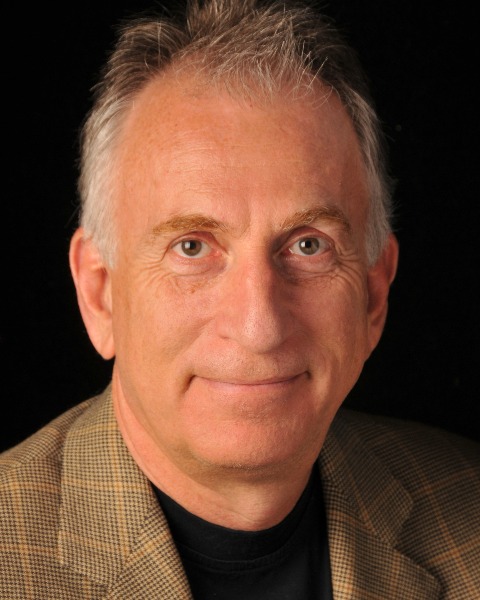
|
Treatment of Peri-Implantitis Utilizing UVC Lasers
THURSDAY, JANUARY 20, 2022 | 7:30 PM - 8:05 PM
Robert Miller, MA, DDS, FACD, FAAID, DABOI/ID
Private Practice | Jefferson, Oregon, USA
The occurrence of peri-implantitis is growing at an exponential rate commensurate with the numbers of implants being placed worldwide. Treatment of peri-implantitis can be very refractory with failures related to changes within the titanium oxide or zirconia oxide surface. Inorganic and organic contamination of the implant surface can reduce hydrophilicity of the implant surface, resulting in poor fibrin adhesion and lowered percentage of bone-to-implant contact. Photofunctionalization (PFL) can reverse the degradation of the implant surface, restoring hydrophilicity and enhancing fibrin adhesion. PFL can be used preoperatively on implants or postoperatively on implant abutments to enhance tissue adhesion to the transmucosal components. PFL can be used to remove organic and inorganic contamination of the implant body prior to regenerative procedures.
Learning Objectives:
- Understand the concept of photofunctionalization.
- Review the mechanism of aging of titanium and zirconium implant surfaces.
- Describe the biochemical effect of ultraviolet-C (UVC) light on metal oxide surfaces.
- Learn the sequence of steps in the treatment of peri-implantitis.
Note: This presentation discusses investigational devices that have not yet received U.S. FDA approval or clearance for the specified clinical indications, or described off-labels uses.
Biography
Dr. Robert Miller received his BA from New York University and MA from Hofstra University in New York, both in biology. He graduated with honors from New York University College of Dentistry where he received the International College of Dentists Award for clinical excellence and then completed his residency at Flushing Medical Center in New York City. Dr. Miller is a Board Certified Diplomate of the American Board of Oral Implantology/Implant Dentistry, Honored Fellow of the American Academy of Implant Dentistry, and serves as chairman of the Department of Oral Implantology at the Atlantic Coast Dental Research Clinic in Palm Beach, Florida. He is director of The Center for Advanced Aesthetic and Implant Dentistry in Delray Beach, Florida, and co-director of the Pacific Implant for Advanced Dental Education.
Disclosure: Dr. Miller does not have any financial relationships with industry, commercial supporters, or conflicts of interest with the presented material.
Contact Dr. Miller by email at [email protected]
|
|
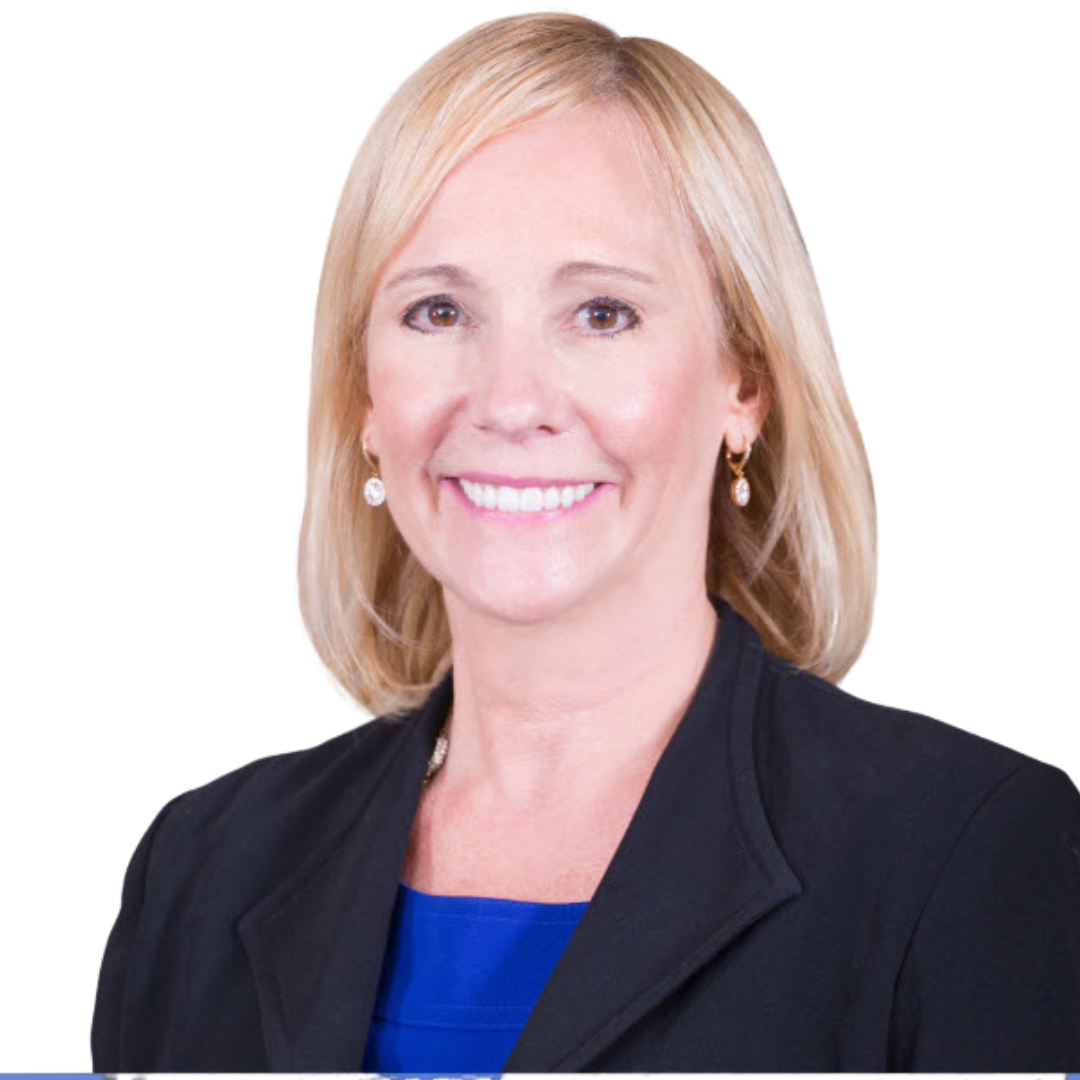
|
Cross-Coding: Incorporating Medical Billing for Laser Dentistry
THURSDAY, JANUARY 27, 2022 | 8:05 PM - 8:40 PM
Rose Nierman, RDH
Nierman Practice Management | Tequesta, Florida, USA
Many services performed in the dental office are being recognized as medically necessary and billable to health insurance plans and policies. Dental practices are recognizing the significant benefits to offering medical insurance reimbursement such as increased case acceptance, expanded referral networks, and increased revenue. Dental practices that utilize the patient’s medical insurance are maximizing the patient’s benefits, thus providing access to much-needed care. In this presentation, attendees will learn how to incorporate cross-coding and medical billing into their office. Discussion will include services procedures such as bone grafts, implants, peri-implantitis, mucositis and the use of laser technology.
Learning Objectives:
- Identify dental office procedures that can be billed to medical insurance.
- Understand the coding sets for medical insurance billing of oral surgeries.
- Define basic protocol to implement medical billing in dentistry for implants, bone grafts, peri-implantitis and laser services.
Biography
Rose Nierman’s life’s work enables dental practices to bill medical insurance for their patients. Ms. Nierman is a frequent presenter at major dental CE conferences, teaching dentists and their teams how to get paid by medical insurance for dental sleep medicine, TMJ appliances, oral surgeries, bone grafts, laser dentistry, and other services. She is the speaker of Nierman Practice Management’s renowned CE course, Medical Billing in Dentistry; the Secrets to Success, held nationwide as a live, live-stream or online course. Realizing the potential to help others, she refined and documented her protocols, and in 1988 wrote her first manual “Successful Medical Insurance in Dentistry.” During the same year, she founded Nierman Practice Management and began teaching other dental practices how to implement medical billing in their own practice. Her secret revolves around proper communication and documentation – knowing how to communicate with insurance companies and showing medical necessity through thorough narrative reports. Nierman Practice Management developed DentalWriter Plus Software a cloud-based program for medical billing of oral surgeries, laser services, dental sleep medicine and TMJ appliances. To date, she has authored 5 dental practice management manuals, over 100 articles, educated over 10,000 dental professionals, and continues to lead the cross- coding industry through her advancements in education, technology, and experience.
Disclosure: Rose Nierman is the founder and CEO of Nierman Practice Management, which provides the DentalWriter Software, a medical billing service, and CE courses. Material presented does not require the use of any software. DentalWriter is reserved as an option to reduce workload.
Contact Ms. Nierman by e-mail at [email protected].
|
|
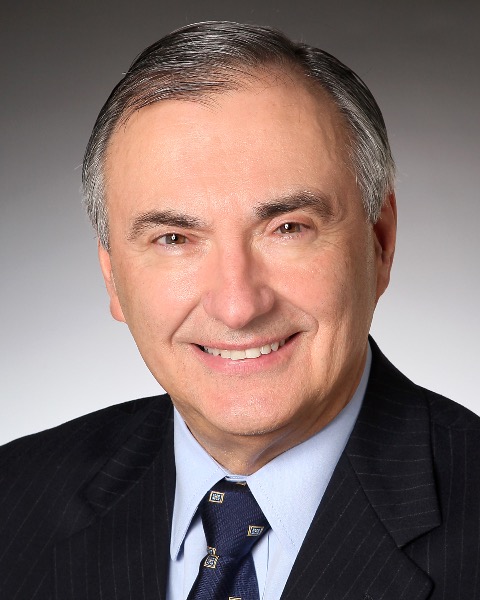
|
Adjunctive Pharmacological Considerations for Cumulative Interceptive Supportive Therapy (CIST) in the Management and Treatment of Peri-Implantitis
James Rutkowski, DMD, PhD, FAAID, DABOI/ID
Private Practice | Clarion, Pennsylvania, USA
The presentation will focus on the pharmacological prevention and treatment component of Cumulative Interceptive Supportive Therapy (CIST) for peri-implantitis.
Topics to be covered include:
- Medication-related causes of peri-implantitis
- Evidence-based, localized, and systemic drug therapies used to prevent and treat peri-implantitis
- How implant surface characteristics affect pharmacological treatment selections and impact successful outcomes.
Effective treatment algorithms for the use of pharmacological agents in the management of peri-implantitis will be provided.
Learning Objectives:
- Describe how peri-implantitis may be linked with the etiology of antiresorptive drug-induced peri-implant medication-related osteonecrosis of the jaw (MRONJ).
- Review how localized and systemic medications can be effective adjuncts in the prevention of peri-implantitis.
- Summarize how pharmacological agents can be used pre-, intra-, and post-operatively to improve clinical outcomes.
- Specify the pharmacological agents that have been shown to be effective in the continual management of peri-implantitis.
Biography
Dr. James Rutkowski is a pharmacist, dentist, and has a PhD in pharmacology. He has authored multiple publications in peer-reviewed journals and textbook chapters. He is editor-in-chief of the Journal of Oral Implantology, a Diplomate/Past-President of the American Board of Oral Implantology/Implant Dentistry (ABOI/ID), and Honored Fellow of the American Academy of Implant Dentistry (AAID). He lectures nationally and internationally on pharmacology, sedation techniques, bone grafting materials and techniques, plus methods for treating medically compromised dental patients. Dr. Rutkowski has been bestowed the Gershkoff-Goldberg Award for service to the field of Implant Dentistry and the Isiah Lew Memorial Research Award for contributions to research in the field of Implant Dentistry.
Dr. Rutkowski has maintained a comprehensive implant practice in Pittsburgh/Clarion, Pennsylvania, with a concentration on treating apprehensive/medically compromised patients using various sedation techniques for 44 years.
Disclosure: Dr. Rutkowski does not have any financial relationships with industry, commercial supporters, or conflicts of interest with the presented material.
Contact Dr. Rutkowski by email at [email protected]
|
|
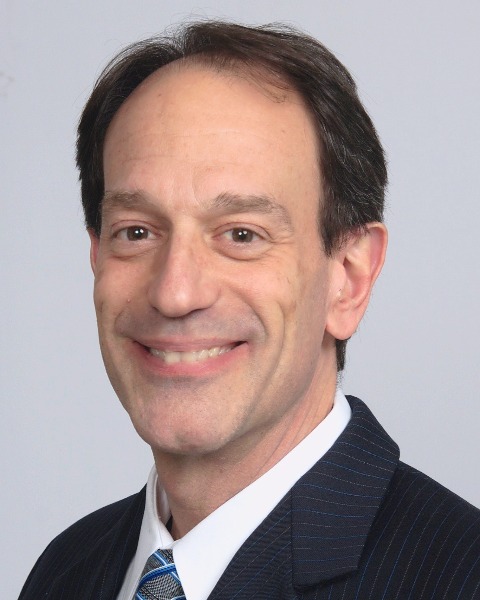
|
Peri-Implantitis: Current Concepts and Treatment
TUESDAY, JANUARY 11, 2022 | 8:05 pm - 8:40 pm
Bart Silverman, DMD, FAAID, DABOI/ID
Private Practice | New City, New York, USA
Long-term success is the ultimate goal of dental implant dentistry. The best way to treat complications is through prevention. Biologic complications can occur at any time with peri-implant mucositis and peri-implantitis being two of the most frequently seen. This presentation will discuss the most current concepts and treatment protocols associated with peri-implant diseases.
Learning Objectives:
- Discuss how the best way to treat peri-implant disease is through prevention.
- Identify factors necessary to prepare implant sites for peri-implant health.
- Specify characteristics of peri-implant disease and how to distinguish between peri-implant mucositis and peri-implantitis.
- Review current treatment concepts of peri-implant diseases.
Biography
Dr. Bart Silverman graduated from Fairleigh-Dickinson University in 1982 summa cum laude and received his DMD in 1986 from Fairleigh-Dickinson School of Dentistry. He completed his Oral and Maxillofacial residency at Westchester County Medical Center in 1989 and was chief resident in his final year. He is in private practice limited to oral and maxillofacial surgery in New City, New York, and is a Diplomate of the American Board of Oral and Maxillofacial Surgery and a Diplomate of the American Board of Oral Implantology/Implant Dentistry. He has been lecturing in the field of implant dentistry for more than 25 years. Dr. Silverman is an attending physician at Westchester County Medical Center, Department of Oral and Maxillofacial Surgery, a clinical associate professor at New York Medical College, Director of BWS Seminars, and Director of Roseman University AAID Maxicourse.
Disclosure: Dr. Silverman does not have any financial relationships with industry, commercial supporters, or conflicts of interest with the presented material.
Contact Dr. Silverman by email at [email protected]
|
THANK YOU TO OUR SPONSORS & EXHIBITORS!
|
|
SPONSOR
 |
|
EXHIBITOR
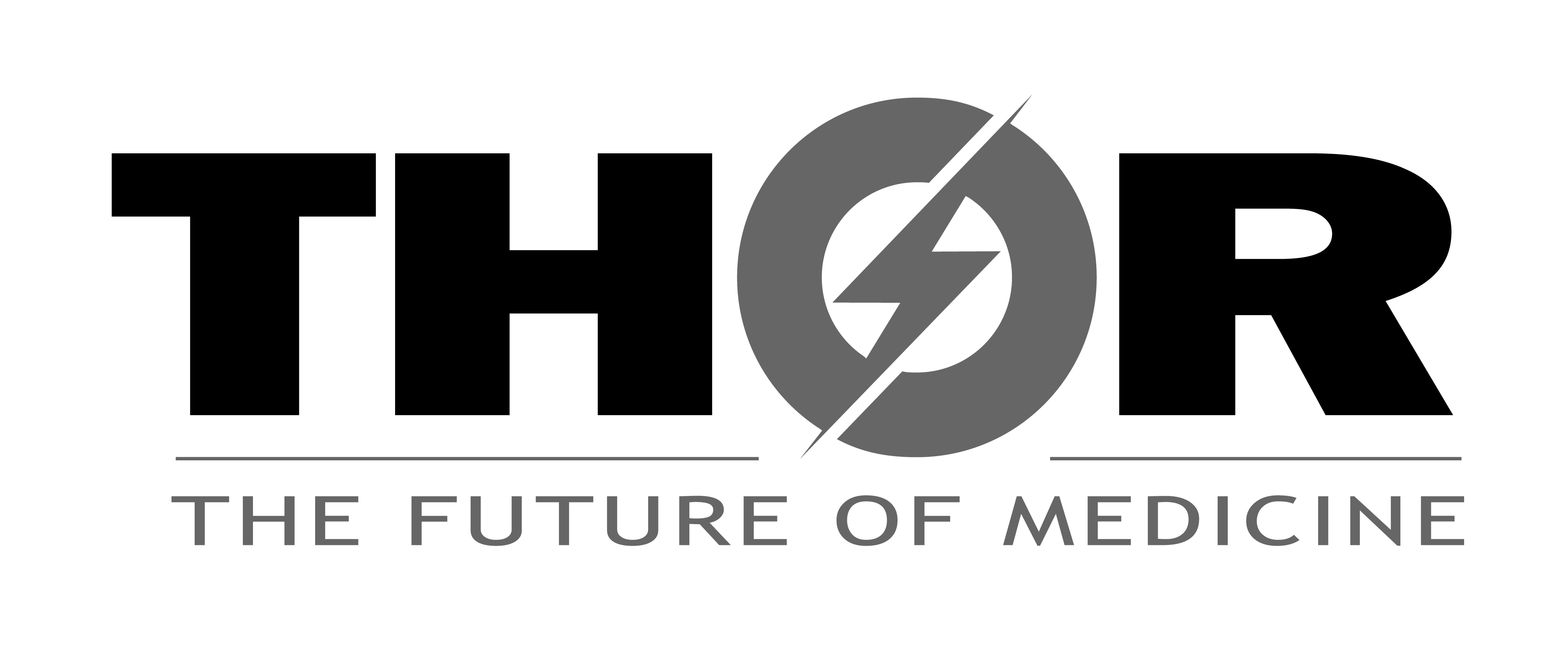
|
|
|
EXHIBITOR
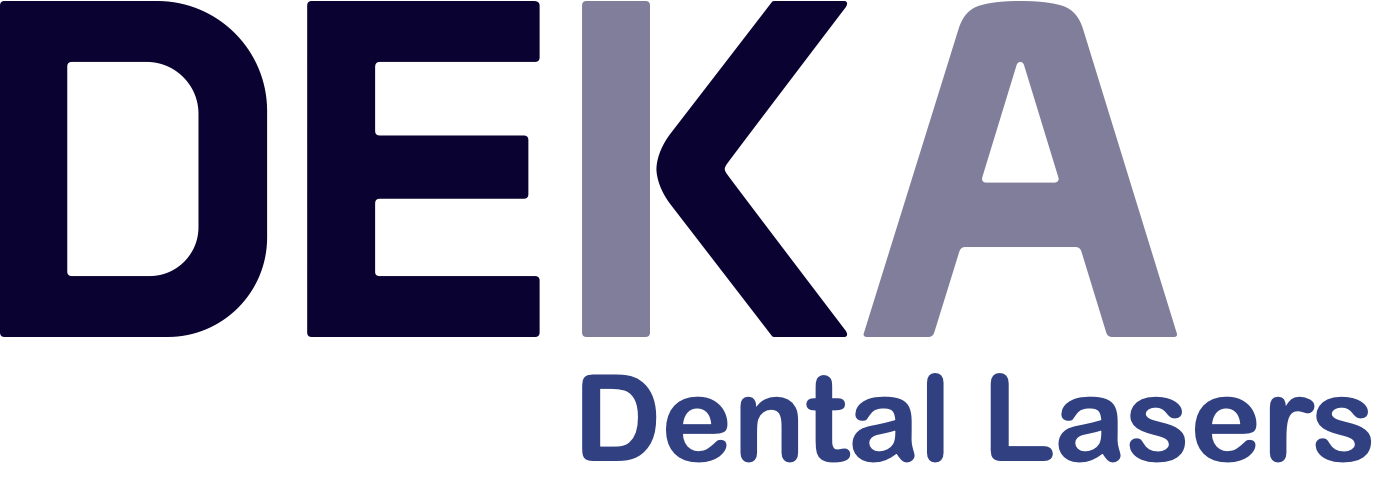
|
EXHIBITOR
 |
EXHIBITOR
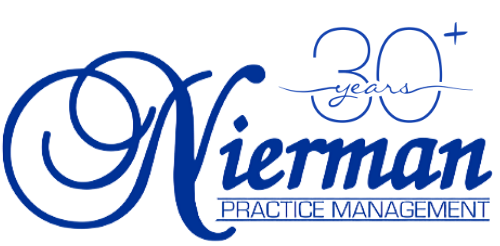
|
EXHIBITOR
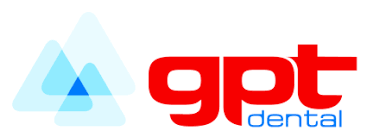
|
EXHIBITOR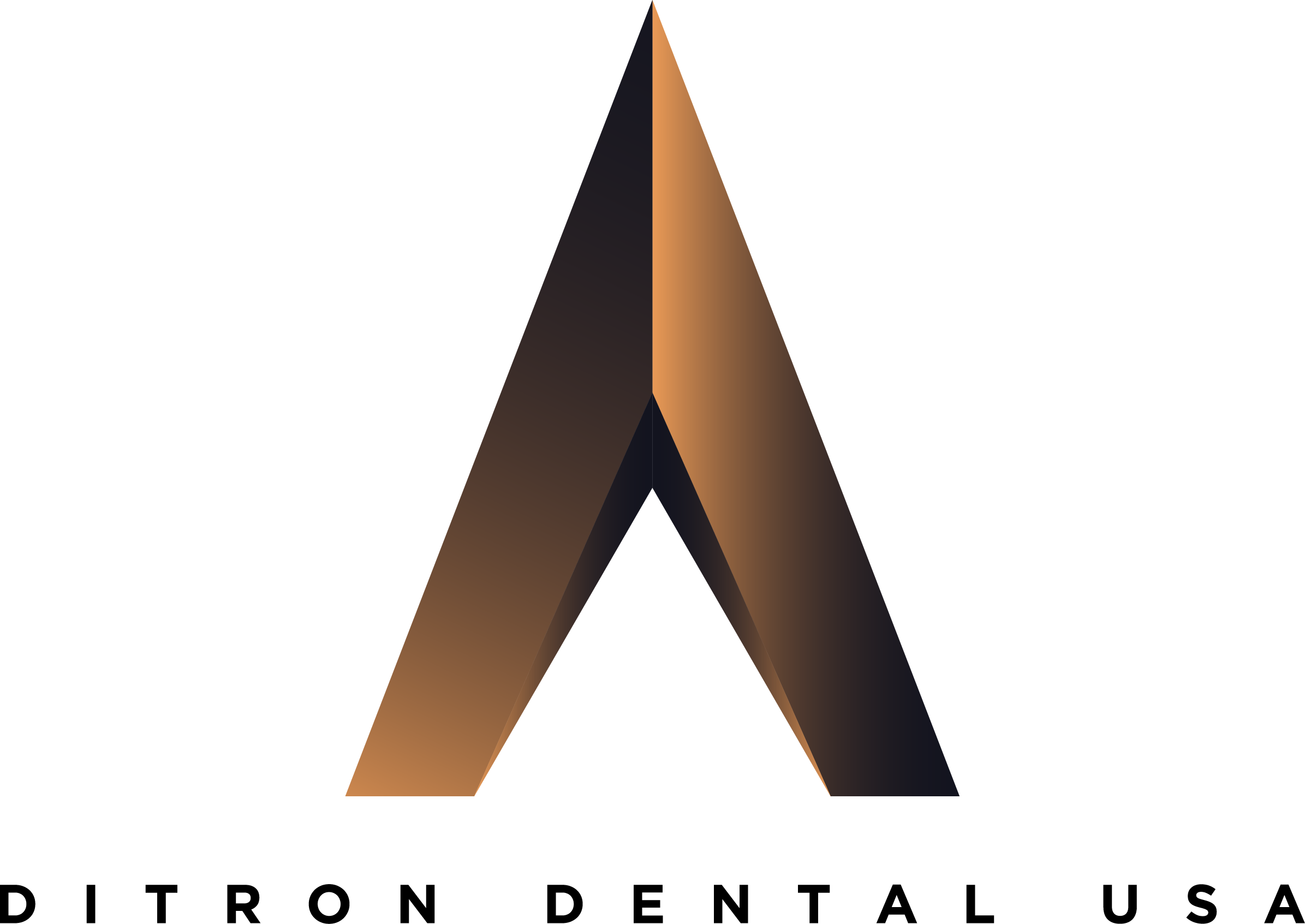 |
ALD Organization Disclosure - Disclaimer on Protocols and Opinions
The views expressed and the opinions and materials presented during a presentation represent the personal views and opinions of the individual speakers and do not necessarily represent the views and opinions of the Academy of Laser Dentistry. The Academy of Laser Dentistry assumes no responsibility for the content of the presentations made by individual speakers pertaining to protocols for laser treatment. Any suggested protocols for treatment may be based upon the speaker's own clinical experience and should not be construed as Academy of Laser Dentistry recommended protocols.
Note: These presentations discuss investigational devices that may not yet have received U.S. FDA approval or clearance for the specified clinical indications, or describes off-label uses.

ADA CERP is a service of the American Dental Association to assist dental professionals in identifying quality providers of continuing education. ADA CERP does not approve or endorse individual courses or instructors, nor does it imply acceptance of credits hours by boards of dentistry. The Academy of Laser Dentistry designates 9 credit hours of continuing education credits for attendance of the entire program.
|























